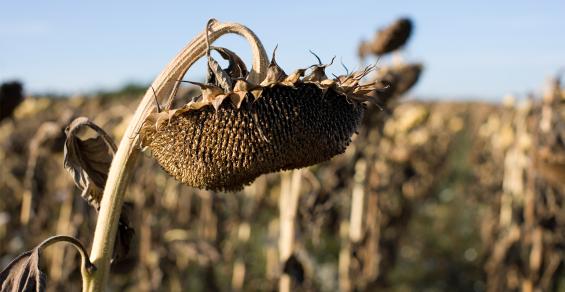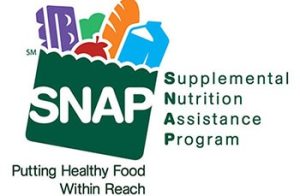Sunflower Extra: A 12% decrease in sunflower production expected for 2022-23 season.
In spite of higher production in Russia, Argentina and the United States, global sunflower seed production is forecast to decrease. Production of 50.7 million metric tons is expected for the 2022-23 season. The leading factor for the decrease is reduced production in Ukraine.
Ukrainian sunflower production estimates remain murky due to the ongoing war but are anticipated to be around 43% lower than 2021.
The 2022-23 global sunflower crush is estimated to reach 47.79 million metric tons, which is about equal to last marketing year.
Higher crush volumes are expected in the European Union, Russia and the United States. Global sunflower oil production is expected to be up slightly to 20.06 MMT. Oil exports to China, India and many other countries are expected to rebound from reduced levels experienced in the 2021-22 marketing year to more normal quantities.
U.S. sunflower oil export supplies have tightened recently and will improve as new crop supplies move to the crush plants in the coming months. Ending global sunflower oil stocks are projected to be relatively low at 2.46 MMT by the end of September.
At the crush plants, sunflower prices are stronger than normal for this time of the year as tight beginning seed stocks and strong demand has crush plants searching for seed supplies. Bird food prices have also had some upward movement in some locations after being somewhat quiet.
Warmer-than-normal temperatures with little snow on the U.S. East Coast, the primary market for bird food, has slowed demand. Bird food prices could rally if tougher winter conditions set in.
Looking ahead to 2023’s new crop, NuSun and high-oleic sunflower prices are expected to be aggressive for the next few months, as the industry tries to secure 2023 production, given current oil demand. New-crop prices have increased since they first rolled out last fall.
When looking at new-crop sunflower prices and crop budgets, producers need to consider the value of oil premiums paid on oil sunflowers. Oil premiums are offered at the crush plants on oil content above 40% at a rate of 2% price premium for each 1% of oil above 40%.
For example, 45% oil content results in a 10% price premium, which pushes gross returns from oil sunflower even higher.
2023 will be another challenging year in terms of marketing commodities. Margins will be tighter, so producers are going to have to buckle down and watch their marketing in the year ahead.
In the months ahead, price direction will be determined mainly by export demand news and South American oilseed production prospects. The U.S. dollar continues to stay strong against other currencies and this could lead to a slowdown in exports as importers look for cheaper sources of product.
To keep up with price movement and find seed buyers, visit sunflowernsa.com.






